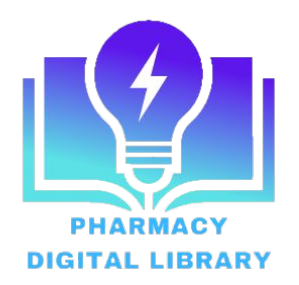Natural Products and Phytomedicines for Acne
ACNE?
Acne is a common skin condition, caused by changes in the pilosebaceous units, skin structures consisting of hair follicles and its associated sebaceous glands via androgen stimulation. Basically, acne is a disease whose initial pathology is the microscopic microcomedo. The microcomedo may involve into visible open comedones (Blackheads) or closed comedones (Whiteheads). Subsequently, inflammatory papules, pustules and nodules may develop.
The severity of acne varies greatly among individuals and a genetic background plays an important role. Pathogenic factors include androgen-induced seborrhea, follicular hyperkeratosis, microbial population and immunological and inflammatory processes. These factors influence each other, leading to acne phenotype. It is estimated that as many as 90% of all teenagers are affected by acne, with virtually 100% of teenagers experiencing some degree of comedones formation. Acne may be inflammatory or non-inflammatory acne lesions include open and closed comedones. Inflammatory lesions include papules, pustules and nodules. The initial event in the development of an acne lesion is abnormal desquamation of the keratinocytes that line the sebaceous follicle, which creates a microcomedo.
An increase in circulating androgens at the onset of the puberty stimulates the production of sebum into the pilosebaceous unit that is favorable for colonization of the commensal bacteria, Propionibacterium acnes (P. acnes). With proliferation, P. acnes secrete various inflammatory molecules and chemo tactic factors that initiate and perpetuate the local inflammatory response and possibly induce Keratinocytes hyperproliferation as well. Sebum plays a central role in the pathogenesis of acne.
The severity of acne varies greatly among individuals and a genetic background plays an important role. Pathogenic factors include androgen-induced seborrhea, follicular hyperkeratosis, microbial population and immunological and inflammatory processes. These factors influence each other, leading to acne phenotype. It is estimated that as many as 90% of all teenagers are affected by acne, with virtually 100% of teenagers experiencing some degree of comedones formation. Acne may be inflammatory or non-inflammatory acne lesions include open and closed comedones. Inflammatory lesions include papules, pustules and nodules. The initial event in the development of an acne lesion is abnormal desquamation of the keratinocytes that line the sebaceous follicle, which creates a microcomedo.
An increase in circulating androgens at the onset of the puberty stimulates the production of sebum into the pilosebaceous unit that is favorable for colonization of the commensal bacteria, Propionibacterium acnes (P. acnes). With proliferation, P. acnes secrete various inflammatory molecules and chemo tactic factors that initiate and perpetuate the local inflammatory response and possibly induce Keratinocytes hyperproliferation as well. Sebum plays a central role in the pathogenesis of acne.


0 Comments
Thank You!
Your response has been recorded.